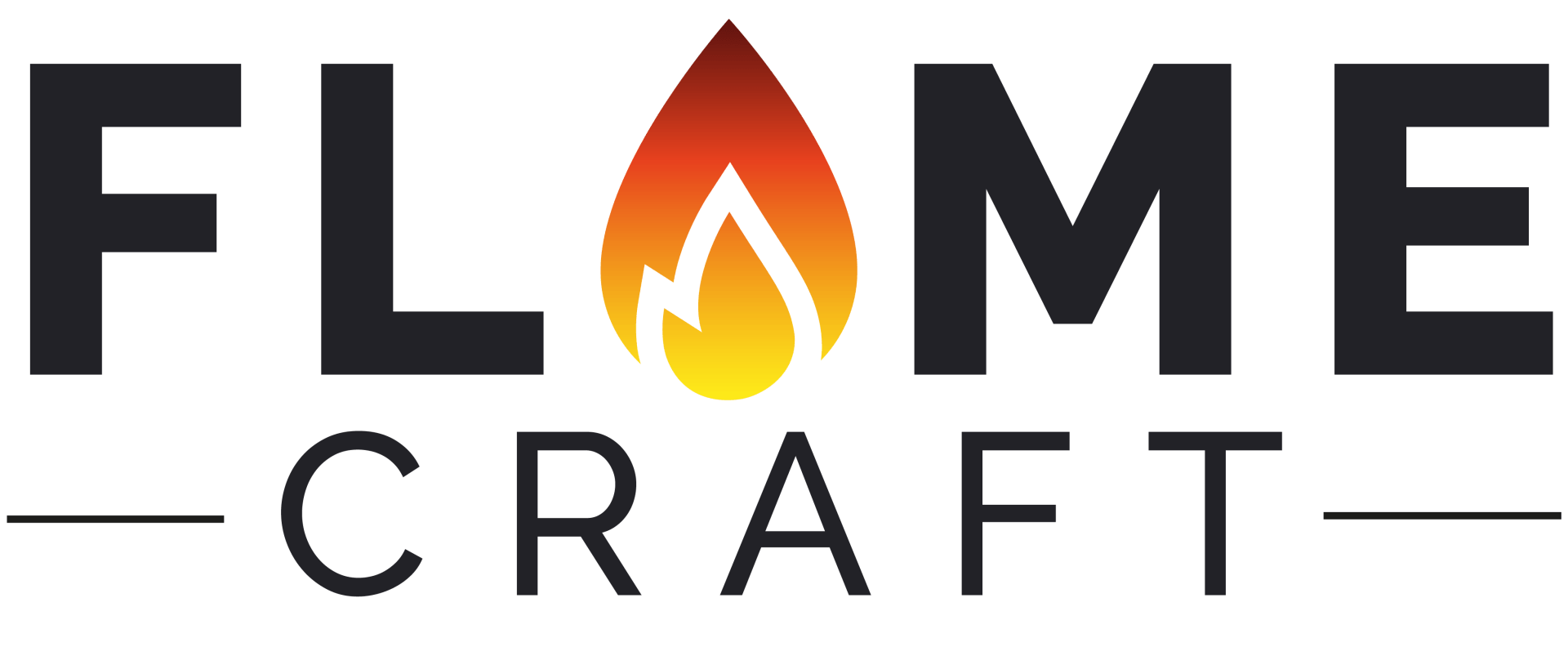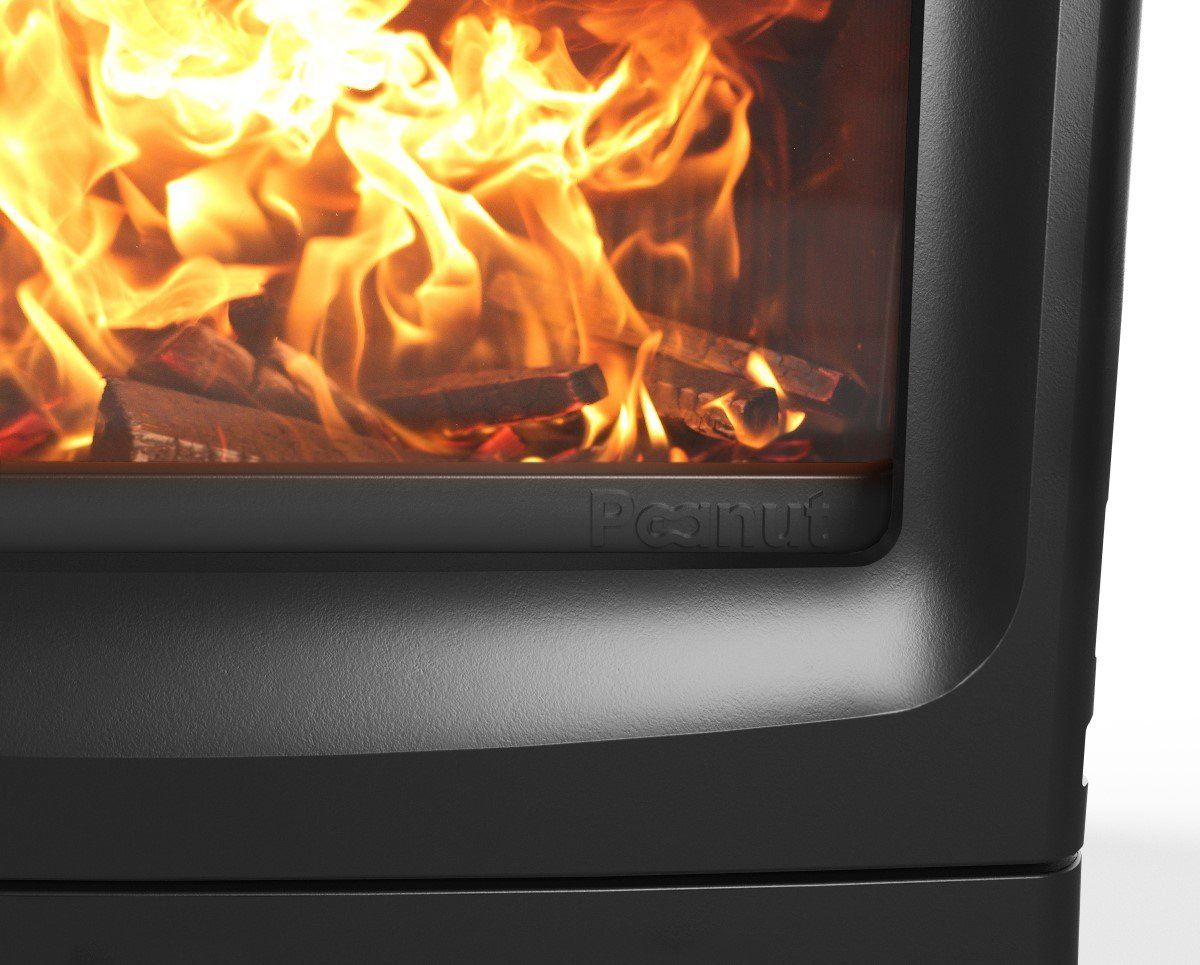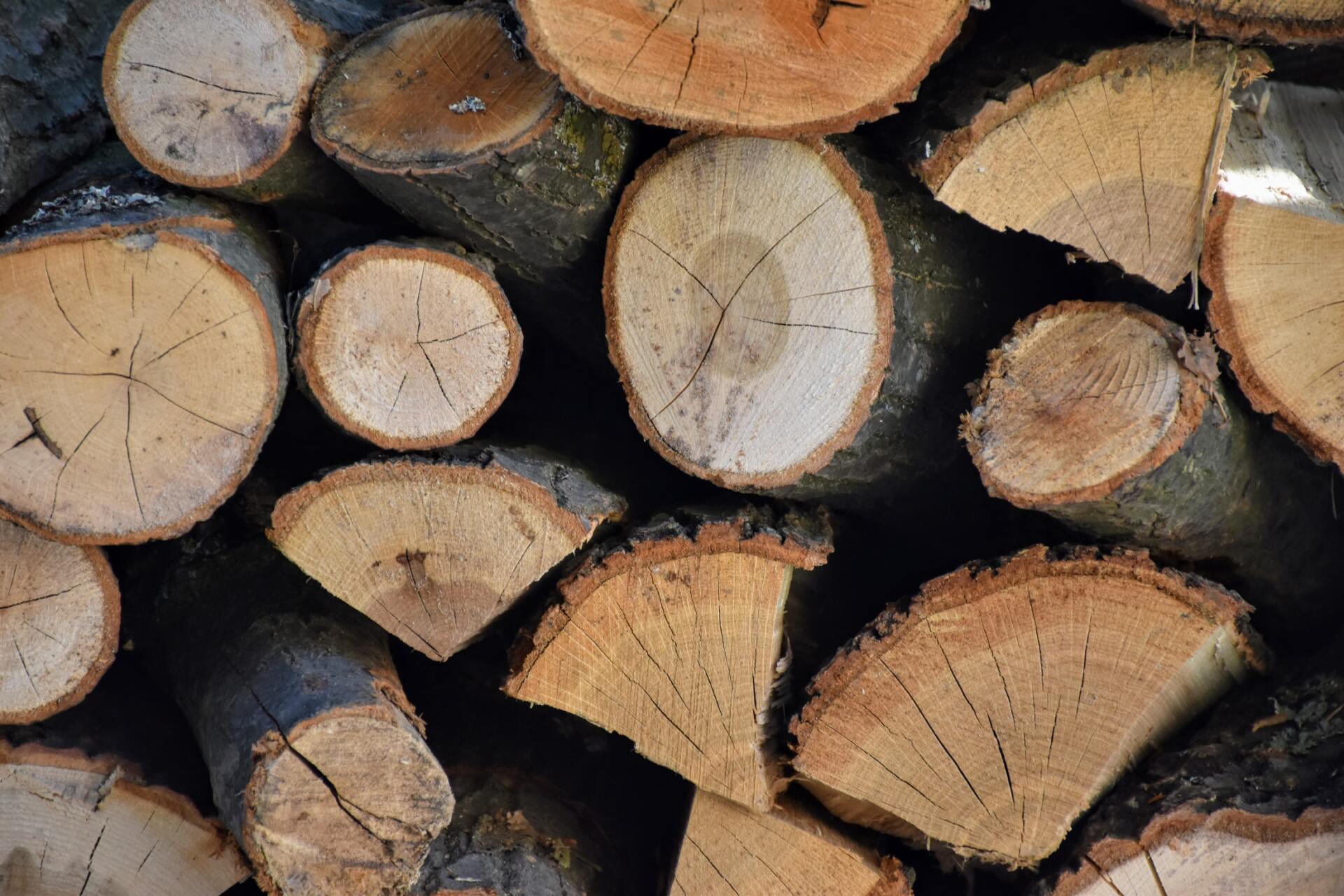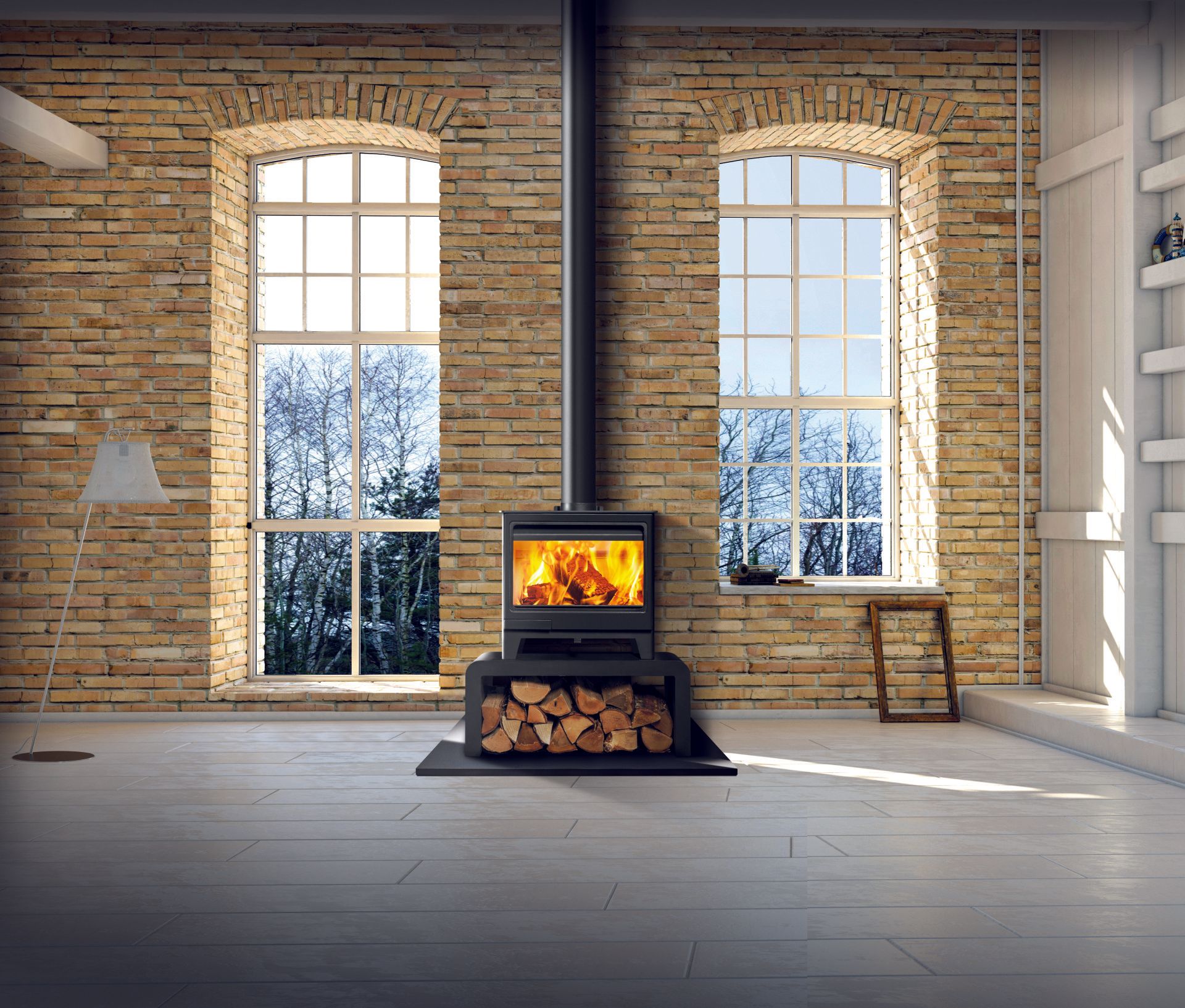Glossary of Terminology
Airwash / Hot Airwash / Preheated Airwash
An airwash is designed to aid in keeping the glass on a woodburner or multifuel stove clear by creating a layer or shield of hot air between the glass and the fuel box.
Ash Pan
Either fitted or removable, Ash Pans are used to remove the ash built up from burning fuels.
Wood products generally produce less ash than solid fuel products.
Air Brick
Generally, air bricks are required for a stove over 5kW however this can vary depending on the manufacturer’s recommendations.
Baffle / Baffle Plate / Throat Plae
A baffle sits at the top of the firebox preventing gases from escaping the fire to quickly to allow for a more complete combustion and a higher amount of heat production.
Cowl
A cowl is fitted to a chimney pot or the top of twin wall pipework.
The purpose of a cowl can vary dependant on the type chosen.
Some are designed to simply stop birds entering the chimney breast. Others are designed to protect against both birds and rain, some are designed to prevent downdraught and others are designed to increase draw.
Generally the installer will recommend the best type of cowl to suit your needs,
Clay Liners / Clay Lined Chimney
Clay liners are concrete liners built into chimney breasts. They became regulation in 1965, any house built after this time with a chimney should have clay liners.
Chair Brick
A curved shape brick which makes the back of an open fireplace.
Chamber / Fireplace Chamber / Inglenook Chamber
The area inside of a fireplace. When we use this term we are often referring to the walls that will surround a recessed stove inside the fireplace.
Convection Heat
The term convection heat is used when a woodburner or multifuel stove is designed to physically push hot air into the room to increase the units heat output.
Data Plate
Information plate (sometimes a sticker) that comes with the stove.
The Data Plate is usually attached in some way.
Provides details about the stove, such as manufacturer, heat output, serial number, approvals etc.
Some places/people may also refer to the the plate provided by the installer that proves their information & details of the installation as a Data Plate. However we personally refer to this as a Notice Plate.
Draught Stabiliser / Flue Damper
Different manufacturers refer to this as different things, however most of the time it is referred to as either a Draught Stabiliser or Flue Damper. We prefer using the latter term.
A Draught Stabiliser/Flue Damper is fitted to the flue pipe and allows the user to control draw by either increasing or restricting the opening in the flue pipe.
DEFRA Approved / DEFRA Exempt
Defra Approved/Exempt means the stove compliant with regulations for smoke-controlled areas. If you are unsure is your area is smoke controlled this can be found out from your local council.
Ecodesign / Ecodesign 2022 / Ecodesign Ready / Ecodesign Approved / Ecodesign 2022 Ready / Ecodesign 2022 Approved
New regulations and legislation related to the clean air act, limiting the amount of emissions a woodburner or multifuel stove can produce.
From the 1st January 2022, stove manufactures in the UK can only produce woodburning & Multifuel stoves that meet and/or exceed the new Ecodesign regulations.
Find out more about Ecodesign by clicking the button below,
Flue / Flue Pipe / VE / Vitreous Enamel Flue
A manufactured chimney pipe which fits to the top of a woodburner or multifuel stove which takes the exhast gasses produced in the stove and vents them safely through the chimney into the atmosphere.
Flue Outlet
The Flue Outlet is the opening used to exhaust gases from the fuel box.
Flue Collar / Flue Spiggot
The flue collar connects to the flue outlet to allow flue pipe to be connected.
Flexi Liner / Flexible Flue Liner
Flexible Flue Liner is used to line the chimney to ensure no emissions or exhaust gases can escape into your home. It can also improve the overall efficiency of a woodburner/multifuel stove and lower the chances of draw issues.
Firebrick / Liner / Vermiculite Liner
Firebricks line the firebox and are designed to insulate the internal part of the stove to achieve maximum combustion. Usually referred to as rear firebrick/liner and side firebricks/liners.
Grate
Grates can either be cast iron or steel and are designed to provide a bed for fuel to burn on. All multifuel stoves will have a grate system, most woodburners do not (however their are exceptions to this).
Grate: Riddling Grate / Shaker Bar Grate
Riddling Grates (Sometimes referred to as shaker bar grates) allow the user to riddle/shake ash through to the ash pan when burning solid fuels.
Grate: Static Grate
Static Grates do not have riddling/shaker bars and therefore the ash has to be manually removed from the fuel box.
Hearth
A non-combustible (fireproof) area directly in front of (and in many cases below) a fireplace, woodburner or multifuel stove.
This will protect flamable flooring such as wood & carpet from hot embers ect. that may fall from the fire.
Hotplate
Used to seal a flue outlet that is not in use.
Heat Sheild
A heat shield is fitted to a woodburner or multifuel stove to allow a stove to be installed closer to non-combustible surfaces such as walls.
Nominal Heat Output / Nominal Output
A nominal output is the output where the stove is at its most efficient, this was found out by the manufacturer during the testing phase. The output ranges are the minimum and maximum outputs the stove can get to without causing it damage.
Primary Air / Primary Burn
Secondary Air / Secondary Burn Tertiary Air / Tertiary Burn
Primary Air
Feeds the fuel box and it the primary source for combustion.
Generally this will be supplied by a lower inlet on the stove and the control for this is also found towards the bottom of the unit.
Secondary Air
Controls airflow within the stove and circulates unburnt gasses in order to reignite them for a more complete combustion (and more heat).
Tertiary Air
This is for woodburning, and introduces hot oxygen into the fuel box to increase efficiency and reduce emissions by reigning unburnt gases.
Radiant Heat
All woodburners and multifuel stoves produce radiant heat, this is where the heat output the unit puts into the room comes from the heat of the body of the unit.
Arada Stoves Terminology
Flexifuel
Arada has its own unique Flexifuel system, designed to burn both wood and solid fuel without compromising the heat output or efficiency of either fuel type.
The crucible grate's shape allows for optimum burning conditions by consistently feeding fuel to the centre of the fuel box, aiding in combustion.
Hunter Stoves Terminology
Cleanburn / Tripleburn Technology
Hunter Stove Group’s Cleanburn (Tripleburn) technology improves efficiency and combustion. It works by utilising three streams of air (Primary, Secondary & Tertiary) which provides optimum air flow into the stove. The primary air stream is directed underneath the grate/fuel bed and into the heart of the fire, allowing for a clean & efficient burn. The secondary air stream is the hot air wash, which maintains a protective stream of air between the glass and the fuel, reducing the build-up of carbon deposits. The tertiary air stream comes in from the back of the stove and reignites un-burnt gases for a more clean and efficient burn.










